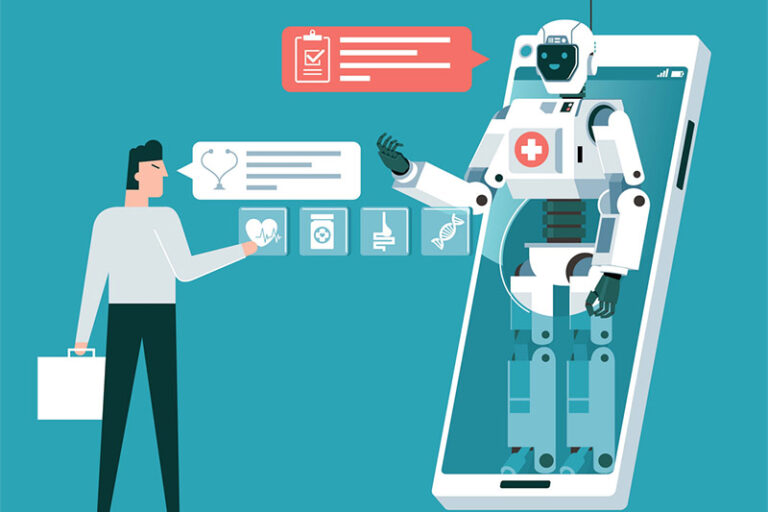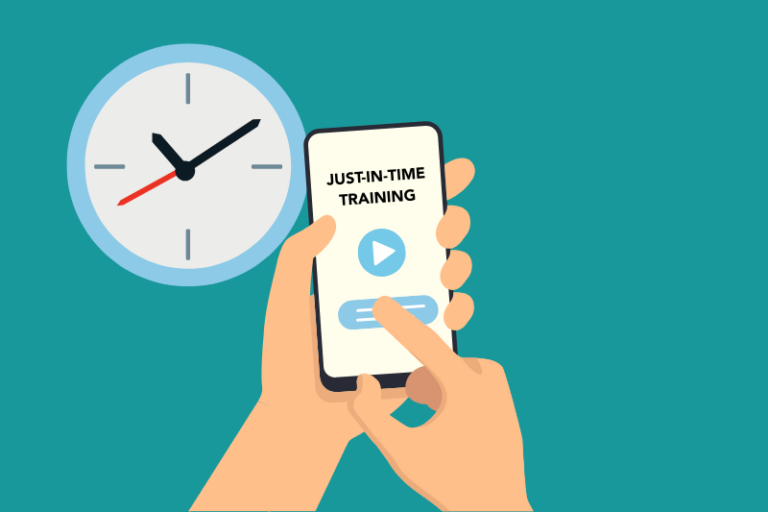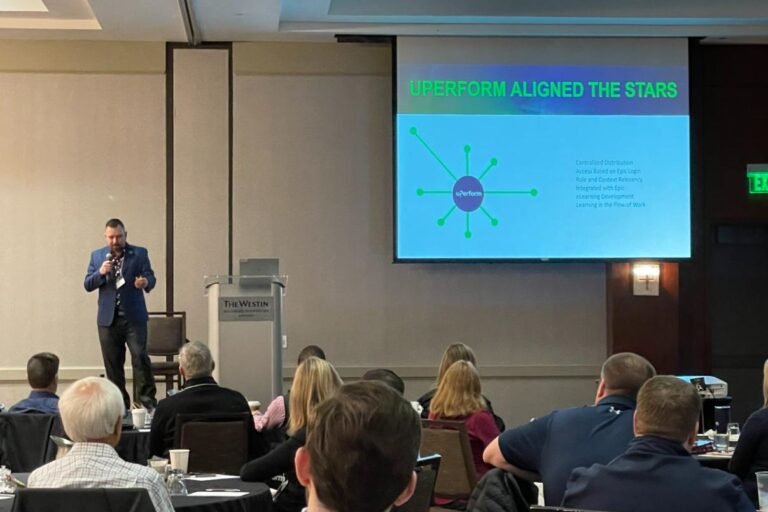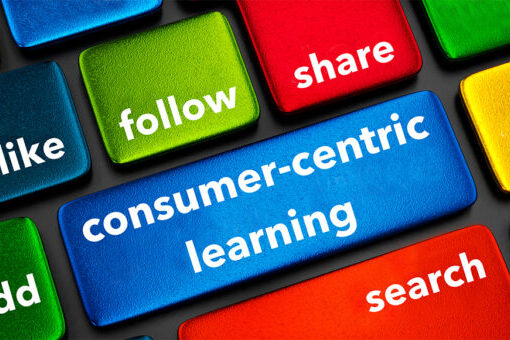Traditionally, organizations have approached digital adoption as a means of providing staff with the software skills and knowledge they need to perform their job effectively. This approach often involves delivering training in a top-down manner, with the organization dictating the content, format and delivery of training.
However, there is a growing recognition that this approach may not be the most effective way to engage and motivate adult learners, particularly in the fast-paced, ever-changing landscape of healthcare. Instead, many organizations are beginning to shift to a view of adult learners as consumers, recognizing that they have a choice in what they learn and how they learn it.
Within healthcare, we are all used to thinking of patients as consumers, but with the increasing focus on workforce challenges, we will be using ‘consumer’ synonymously with learners, specifically our clinician learners.
Consider how social media platforms like TikTok have captured and altered the attention spans of consumers by enabling the rapid creation and delivery of content. By employing a similar shift in their approach to adult learning, organizations can create more engaging and relevant learning experiences that drive better outcomes and increase the adoption of mission-critical software applications, such as the EHR.
Benefits of a consumer-centric learning approach
Viewing adult learners as consumers, rather than clinicians who need to be trained, introduces several benefits, including:
Increased engagement: By treating adult learners as consumers, health systems create more engaging and relevant learning experiences that are tailored to their needs and interests. This promotes higher levels of engagement and motivation, as learners are more likely to be invested in their own learning and development. Research shows that when providers and nurses are given training that has been tailored specifically for their workflows, they are much more likely to have a positive perception of their EHR.
Improved outcomes: A consumer-centric approach to learning produces better outcomes, as learners are more likely to receive training specific to their focus area or practice specialty. By preparing clinicians with learning that has been tailored to their needs, they are better equipped to apply what they have learned when treating patients. This increased adoption of key systems (ERP, EHR, etc.) will improve the patient experience, and improve EHR satisfaction for clinicians.
Empowerment via autonomy: By giving adult learners more control over their learning experience, health systems provide them with a greater choice of learning options. This enables learners to choose the learning methods and formats that best meet their needs, preferences, and learning styles
Key steps for creating a successful consumer-centric learning ecosystem:
While the benefits outlined above are appealing, it can feel overwhelming to change the way your training organization has always done things. A strong change management strategy will be needed.
To successfully shift to a consumer-centric approach to learning, health systems should consider the following key steps:
- Define the learning objectives: It is important to start by defining clear learning objectives that align with the organization’s overall business goals. This will help to ensure that the learning experience is relevant and valuable to learners.
- Identify the target audience: Organizations should take the time to understand their target audience for each course, and determine what learners need and want from their learning experience. This may involve surveying learners to gather feedback and insights into their preferences and needs or utilizing efficiency tools such as Epic Signal data, NEAT data or Oracle Cerner Lights On to identify gaps in knowledge.
- Create personalized learning paths: To create a more engaging and relevant learning experience, health systems should consider creating personalized learning paths that allow learners to choose their own learning journey based on their interests and needs. This can involve offering a range of learning options, such as online courses, simulations, tip sheets, and coaching programs.
- Use technology to enable learning: Technology can be a powerful tool for enabling a consumer-centric learning experience. This can involve using a just-in-time learning platform such as uPerform to help create, manage and deliver content within the EHR and provide a seamless interaction for the learner. Learning management systems (LMS) can also be helpful tools to help track HR compliance, as well as utilizing social learning platforms and other online tools to enable collaboration and peer learning.
- Foster a culture of learning: To create a truly consumer-centric learning ecosystem, health systems should foster a culture of learning that encourages and supports learners to take an active role in their own development. This can involve providing learners with access to resources and support to help them achieve their learning goals, as well as recognizing and rewarding their efforts and achievements.
By viewing adult learners as consumers rather than clinicians who need to be trained, organizations create more engaging and relevant learning experiences that drive better outcomes for not only their clinicians, but for all health system staff. Recent survey results from multiple health systems using the uPerform self-paced learning format showed 90% of respondents felt the training prepared them to use the EHR and they preferred it to traditional training methods. In addition, users of uPerform at Baylor Scott & White Health had a 12.9-point higher Net EHR Experience Score (NEES) versus non-users in a case study conducted by Arch Collaborative. By taking the key steps outlined above, health systems can successfully shift to a consumer-centric approach to learning and empower their learners to take control of their own development, including EHR mastery.
Related Articles
Delivering consumer-centric learning with uPerform
The uPerform digital learning platform integrates with your EHR, ERP, HCM and other enterprise applications to deliver a comprehensive learning ecosystem for technology education and ongoing support. uPerform delivers personalized learning to staff in the flow of work, in the format they prefer, driving end-user adoption, proficiency and satisfaction with the software. Contact us today to schedule a demo and learn how uPerform provides a one-stop shop to create, manage and deliver high-value software learning.






